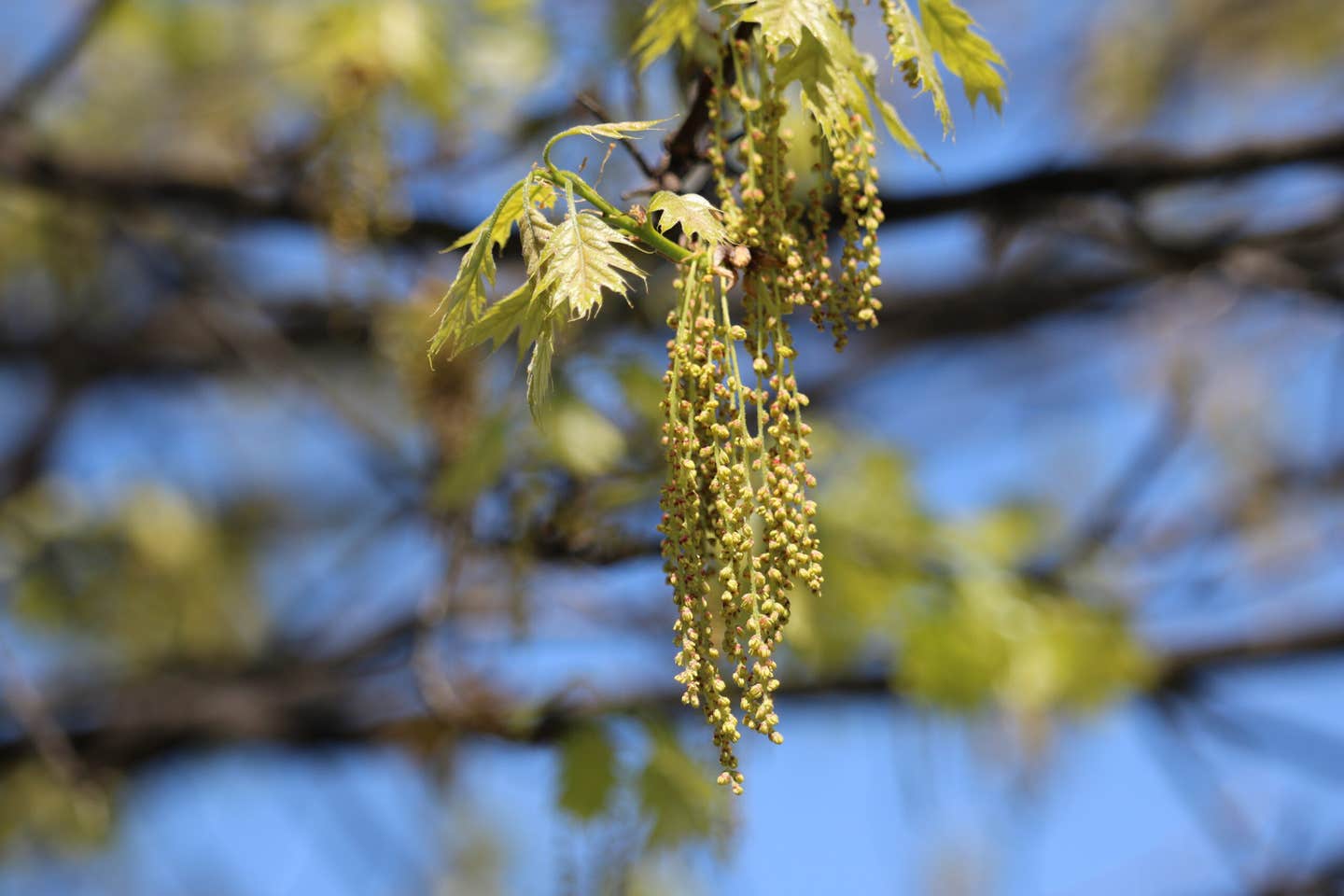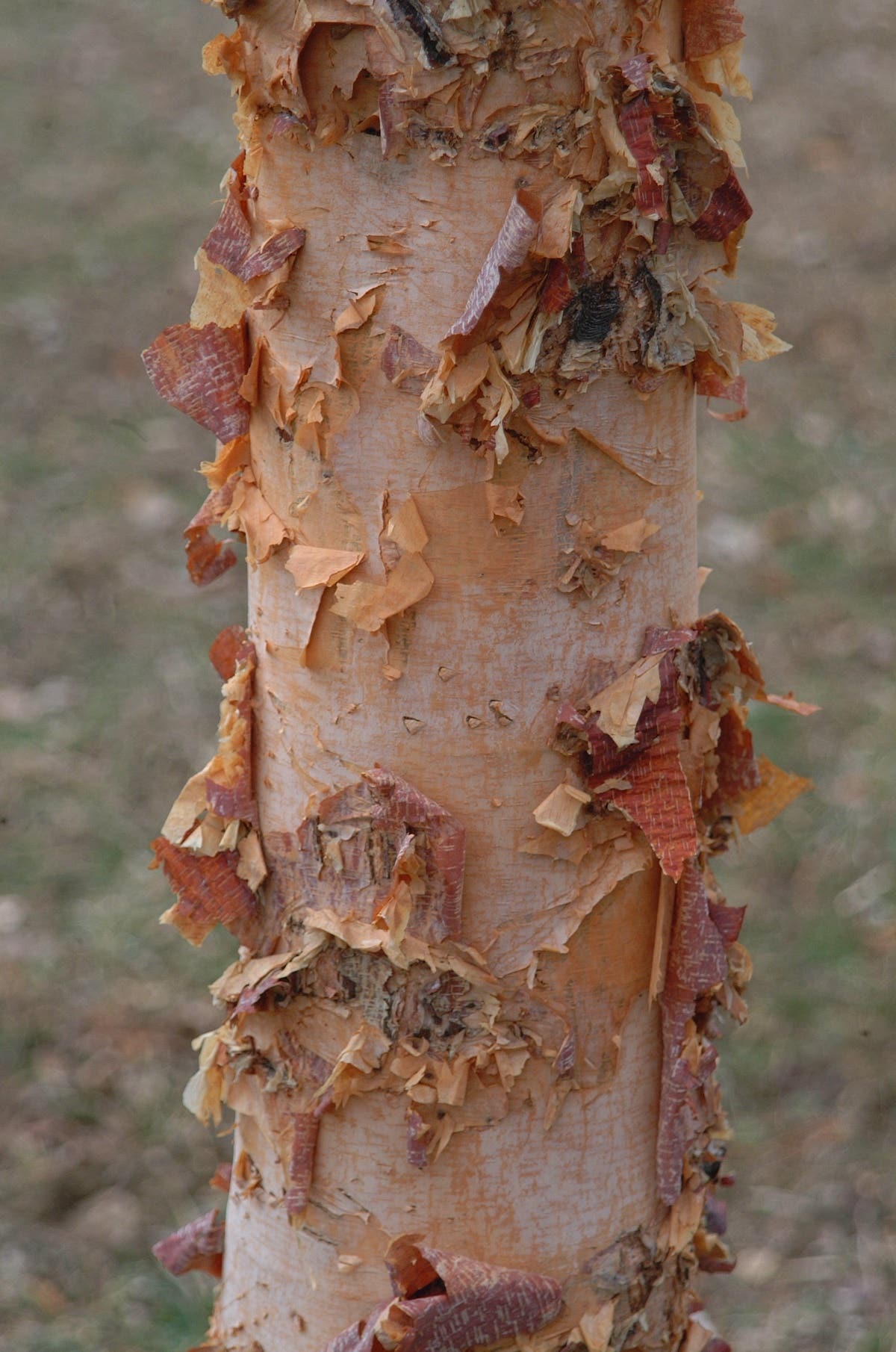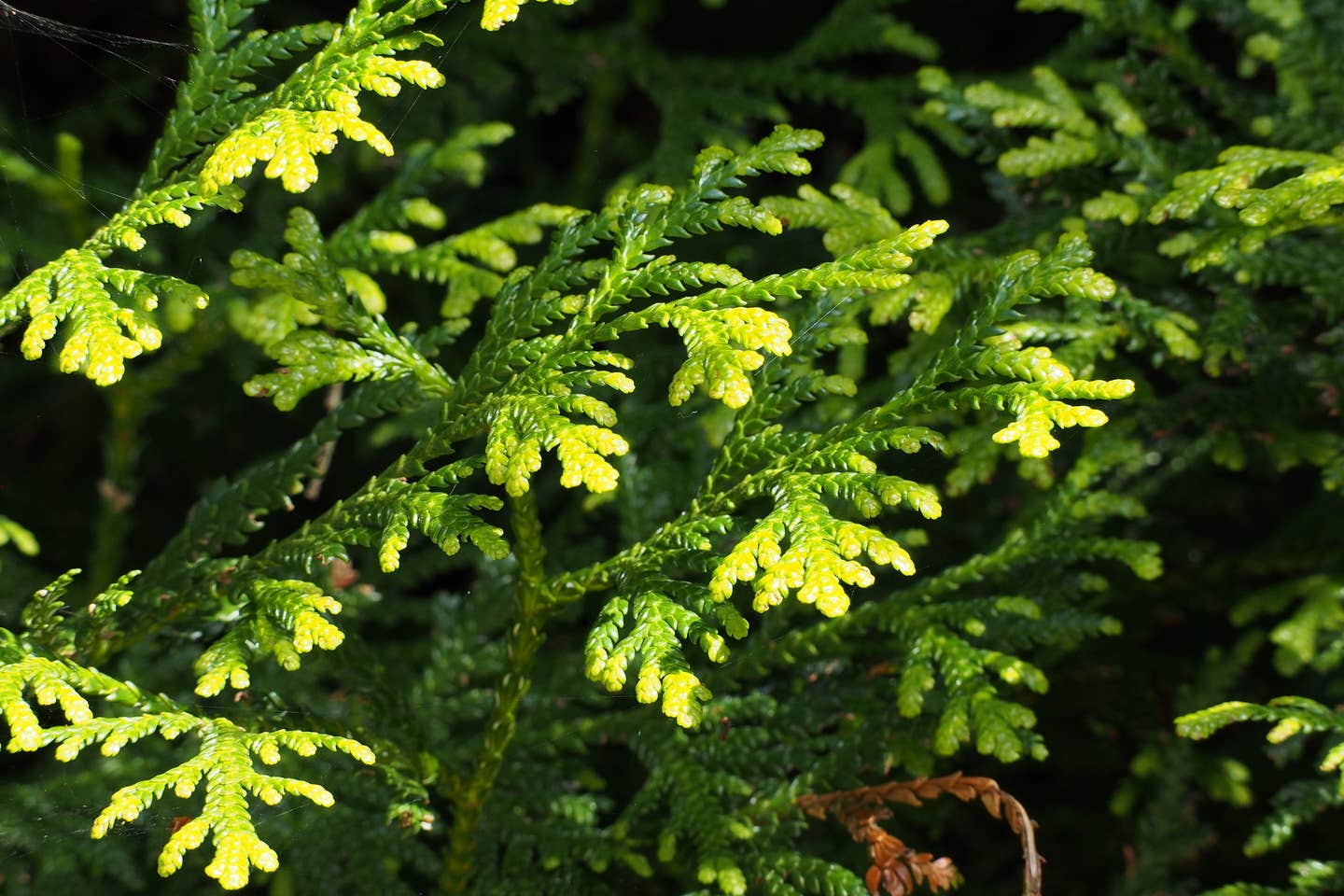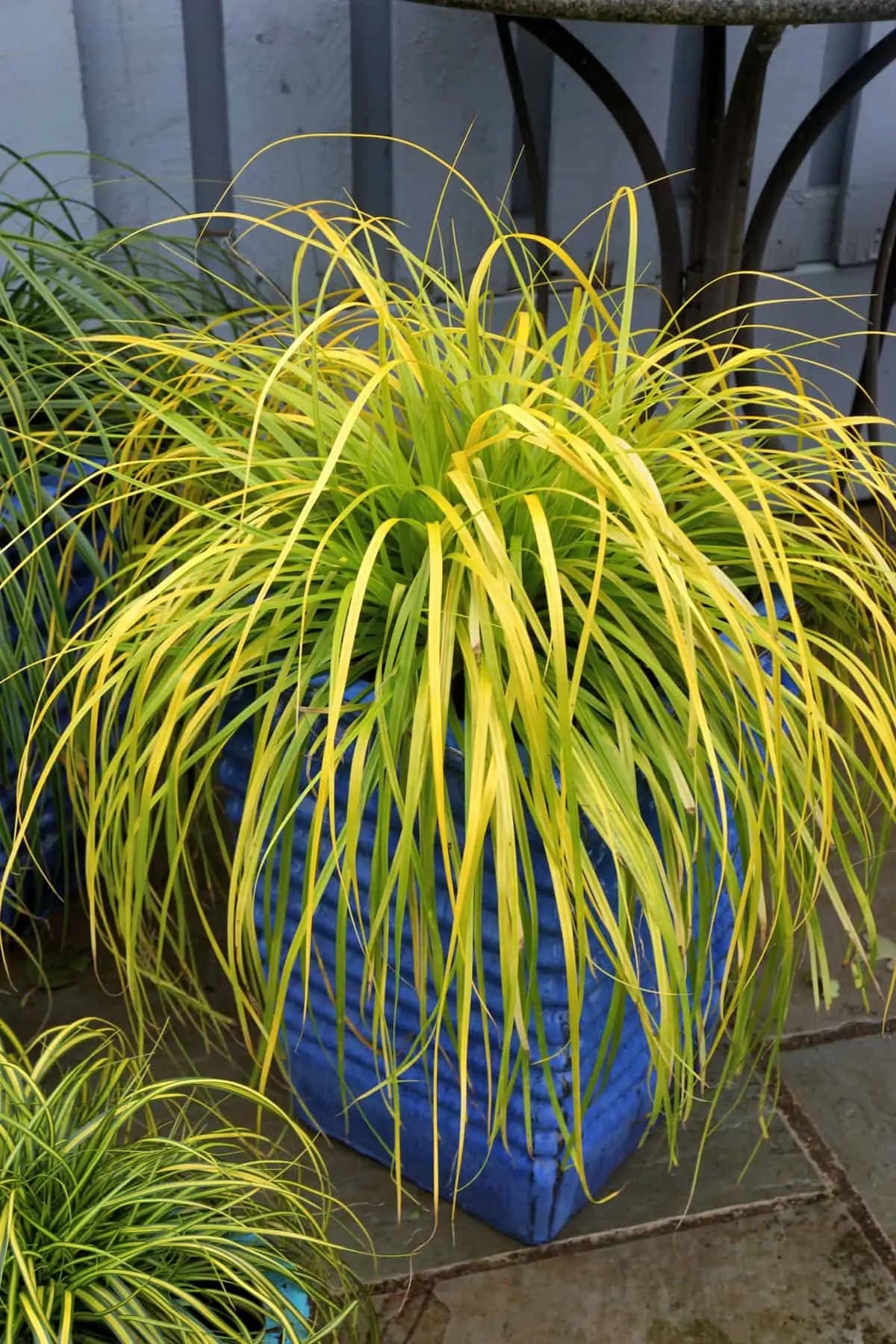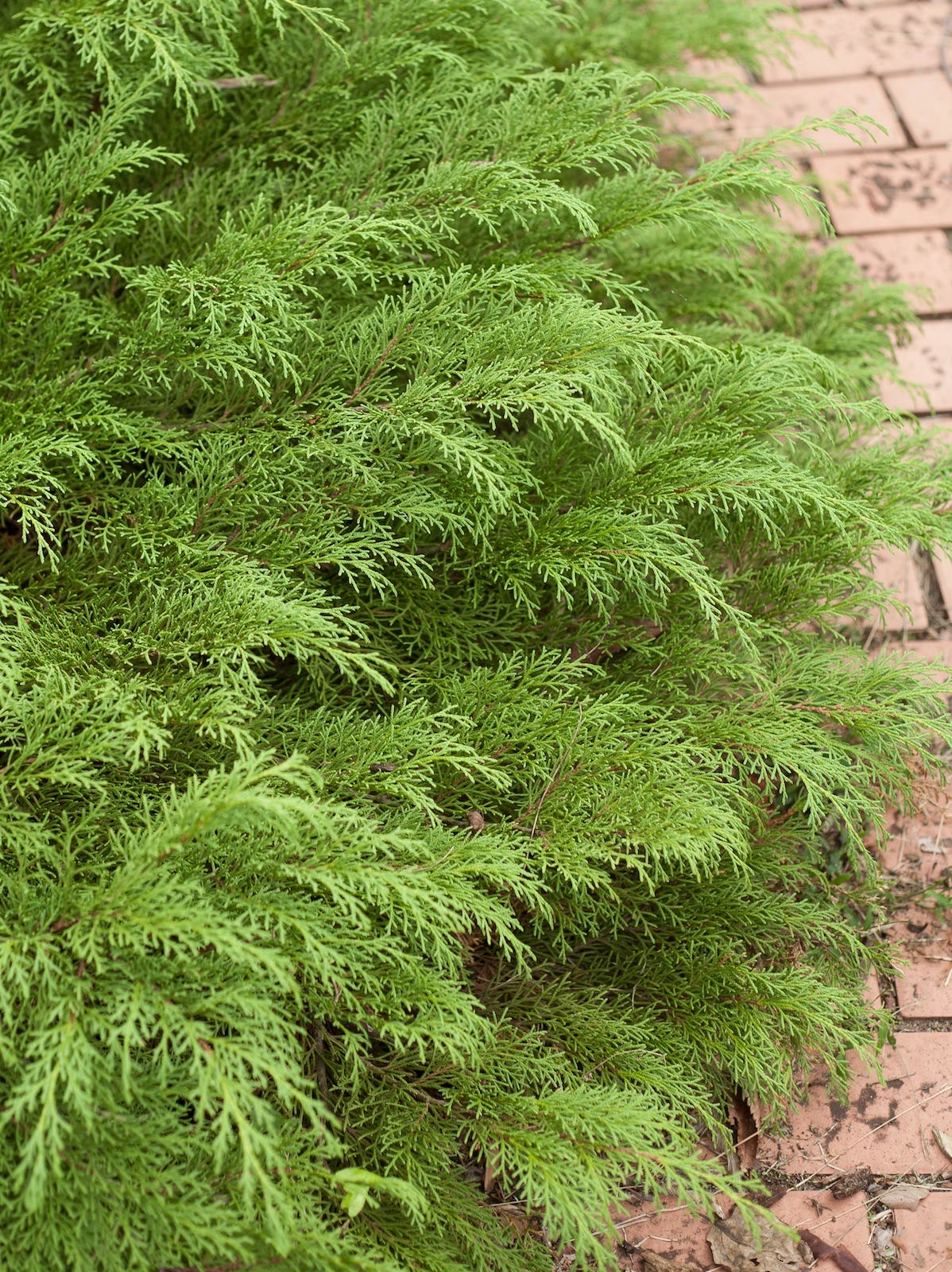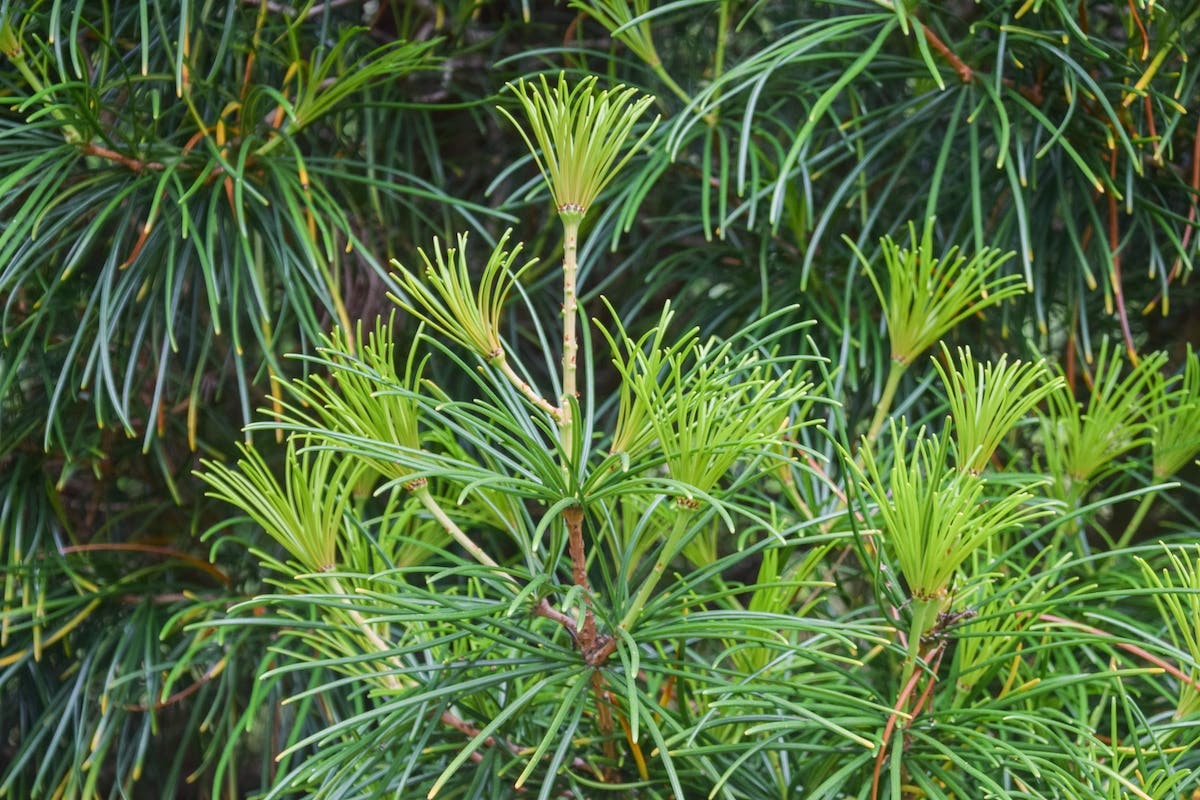Piggyback Plant: a Fun, Easy Houseplant
Virtues: We love piggyback plants for their lush, fuzzy, vibrant green leaves that captivate onlookers with their ability to grow new plantlets where the leaves attach to their stems. These…
Virtues: We love piggyback plants for their lush, fuzzy, vibrant green leaves that captivate onlookers with their ability to grow new plantlets where the leaves attach to their stems. These new little plants “piggyback” on top of the foliage.
Common name: Piggyback plant, youth-on-age, thousand mothers
Botanical name:Tolmiea menziesii
Flowers: Small clusters of brownish-maroon tubular flowers can bloom in late spring through summer. However, as houseplants, Tolmiea menziesii rarely flower.
Foliage: These evergreen perennials have hairy, heart-shaped leaves that produce new plantlets from the tops of the petioles (leaf stems), thus inspiring their common names.
Habit: These peculiar plants typically grow 1 to 2 feet tall with a similar spread.
Season: Year-round.
Origin: North America, mostly in the Northwest, including Alaska and northern California.
How to grow Tolmiea menziesii as a houseplant: Piggyback plants are easy to maintain as houseplants. They thrive in well-drained soil with bright, indirect light. Fertilize during the growing season with a liquid fertilizer and keep the soil moist with regular watering, less in winter. Remember to repot your plant if it becomes too large for its container, the roots begin to fill the pot or simply repot every couple of years in spring to keep your plant flourishing. Plantlets can be easily rooted in water or moist soil.
Image source
_____________________________________________
Grow more unusual houseplants with Tovah Martin's The Unexpected Houseplant.
Turn any bottle into a watering can with the fun, funky, recycled Eco Watering Spouts.
Get illustrated houseplant-care techniques in the affordable downloads "Houseplants" and "Houseplants 2."
Display your prized houseplants in a Pewter Glass Display Box, which shows them off and increases humidity around their soil and leaves.


